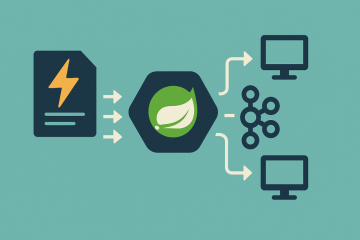Implementing Distributed Tracing with OpenTelemetry in Java Microservices
As microservices scale in complexity, debugging issues across multiple services becomes increasingly difficult. Traditional logging falls short when tracking a request across boundaries. This is where distributed tracing plays a crucial role. In this blog, we’ll explore how to implement distributed tracing in Java microservices using OpenTelemetry, an open-source observability Read more…









